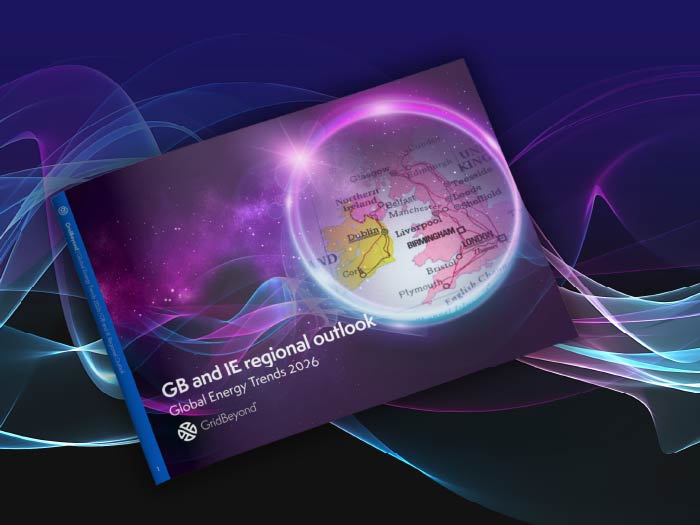Insights
better business decisions
Posted 4 years ago | 3 minute read

Australia’s ESB maps market reforms
Australia’s Energy Security Board (ESB) has set out a shortlist of proposed market reforms to ensure grid security is maintained as levels of renewables increase.
Published on 30 April, the document, outlines a number of ways in which Australia could structure its transition to renewables smoothly and reliably. The pathways fall into three categories: immediate reforms, initial reforms to be developed and implemented in the near term, and next reforms, which are longer term and depend on developments in the industry.
Over the next 20 years, up to 50GW of large-scale renewables and up to 24GW of distributed solar is expected to come online, in addition to existing and committed projects. The scale of incoming renewable energy and the loss of up to two-thirds of Australia’s fossil-fuel generation plants by 2040, means increased focus is needed to secure system reliability.
To address this, the ESB is seeking views on:
- Resource adequacy mechanisms: to provide the right signals which will drive investment in an efficient mix of new resources that will minimise costs and maintain reliability. Specifically, it is proposing changes to the Retailer Reliability Obligation (RRO) to shift the scheme away from financial contracts (based on prices) towards physical contracts, underpinned by actual capacity to deliver electricity into the market;
- Essential system services and scheduling: to ensure that the essential services required (frequency, control, operating reserves, inertia and system strength) are available to maintain system security. The most immediate reform proposed was released on 22 April by the Australian Electricity Market Commission, which communicated its intention to incentivise new, ultra-fast frequency services in the electricity market. Looking further ahead the ESB set out plans for a spot market approach for valuing and procuring inertia;
- Integration of distributed energy resources and flexible demand: to deliver benefits to customers through the integration of resources in an efficient way. The ESB placed emphasis on Virtual Power Plants (VPPs) as a means of lowering the overall cost of electricity. In addition, it noted that a package of reforms is already underway that includes expanding the responsibilities of distributors to hosting distributed generation and storage and introducing technical standards for demand side response that will assist to ensure the system security; and
- Transmission and access: to reconfigure the transmission system so that new renewable generation and large-scale storage can connect and be dispatched to meet customers’ demand. One option being considered is implementing a system that would make grid congestion information available in real time, in turn paving the way for real time management. In the longer term, the ESB said its preferred solution for grid access reform is to shift to locational marginal pricing and financial transmission rights.
Stakeholders have until 9 June to provide the feedback on the options before the ESB makes it recommendations to government in the middle of the year.
Read more
What is driving the energy transition? Everything you need to know
The Energy Opportunity Calculator





